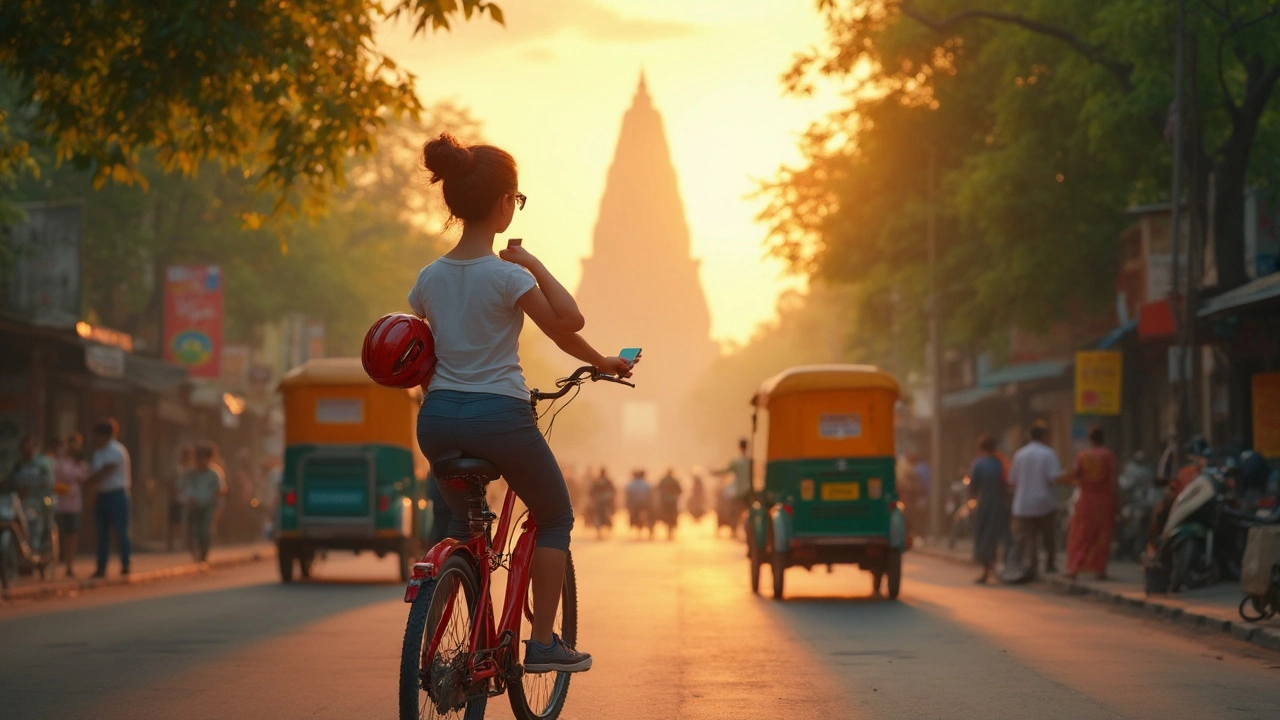Route Planning Made Simple for Sports Lovers
Whether you’re biking to a weekend tournament, flying with a racket, or figuring out the quickest way to the gym, good route planning saves time, energy, and stress. Below are real‑world tips you can start using today, no fancy apps required.
Pick the Right Map for Your Ride
Most cyclists reach for Google Maps, but the default view often hides bike‑friendly streets. Open the app, tap the layers icon, and select "Bicycle" if it’s available. If Google skips the option, switch to a dedicated cycling app like Strava or Komoot – they show bike lanes, elevation, and surface type. Look for routes with low traffic and smooth pavement; a few extra minutes of planning beats a ruined tire later.
Plan Gear Transport When You Fly
Traveling with sports equipment can feel like a puzzle. First, check the airline’s baggage policy: many carriers treat a tennis racket or ski pole as a regular bag, but some charge extra for oversized items. Pack the gear in a sturdy case, label it inside and out, and carry a copy of the airline’s rules on your phone. If you’re unsure, call the airline before you leave the house – a quick 2‑minute call saves you from surprise fees at the airport.
While you’re at the airport, use the terminal maps to locate the nearest trolley or cart services for heavy gear. Some airports even have dedicated sports equipment drop‑off points. Knowing where they are lets you skip long lines and get to your gate faster.
Back on the ground, combine your travel itinerary with your training schedule. If you have a marathon in a new city, map out the race start, a few easy‑run routes, and a recovery walk. Use free tools like Runkeeper to plot out distance and elevation ahead of time, then adjust on the day if traffic or weather changes.
When you’re on a bike tour, don’t forget to factor in rest stops. Mark water fountains, cafés, or bike repair shops on your route. A quick stop for a drink or a tire patch can make the difference between finishing strong or calling it quits early.
Schedule your routes around peak traffic hours. Early morning rides avoid rush‑hour buses and cars, while evening routes can give you cooler temperatures in hot climates. If you’re unsure about traffic patterns, check local traffic cams or community forums – riders often share real‑time updates.
Finally, keep a backup plan. Save an alternative route on your phone, note a few nearby public transport stations, and carry a portable charger. If a road closure pops up, you won’t be stuck scrambling for directions.
Good route planning isn’t about perfection; it’s about giving yourself the flexibility to adapt while staying on track. Use these simple steps, and you’ll spend less time worrying about the way and more time enjoying the sport you love.
